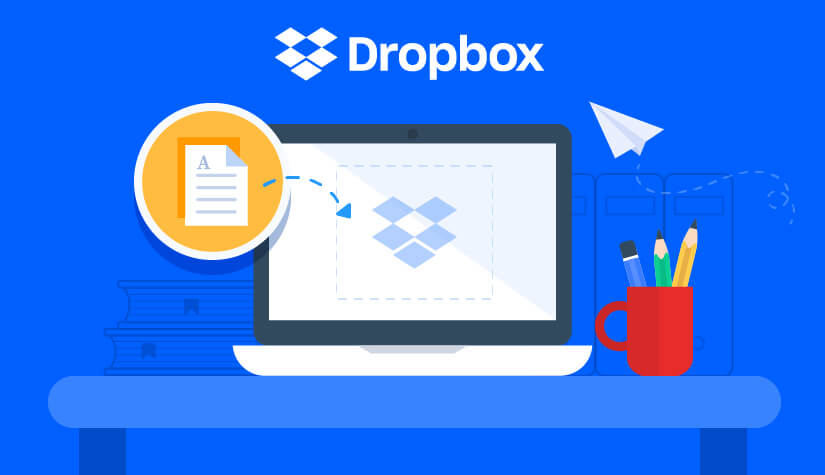

The first thing that Dropbox is trying to tell you is it has detected a computer that's syncing to it is using a drive format that may not be compatible after November 7. Old-fashioned Windows versions used one called FAT16 until FAT32 arrived in the mid-90s. If you've received a message from Dropbox, you need to decode it and take the right action.Įvery storage drive has a format. If you rely on Dropbox for off-site backup, or to synchronise files between multiple machines, it may all scream to a halt on November 7.

#How does dropbox work confusing mac os#
What's coserver.local? What are APFS and NTFS and how would you know if your current Dropbox folder is or isn't one of them? And why does one message tell Mac users to move to Mac OS Extended drive, and another that HFS+ is the solution? If you're going to tell them that sync might sink in a few weeks' time, send more than an abrupt note crammed with jargon. The service sells because users don't need to be techies to set up synchronised cloud-based storage on their home or office computers.

Note to Dropbox: Not all of your customers are that tech-savvy. Windows users may be instructed to ensure their synced files are on an NTFS drive. HFS+ or APFS".ĭropbox has sent out highly technical messages that some file systems will no longer be supported. Meanwhile, administrators for affected accounts have been mailed: "Dropbox will support the following desktop file systems.
#How does dropbox work confusing mac os x#
"What to do next … Choose a new location for your Dropbox folder: coserver.local, Mac OS X 10.12.6 … Move Dropbox to an APFS or Mac OS Extended drive." To make sure that your files continue to sync, you'll need to move your Dropbox folder to a drive that meets the new requirements." Many Dropbox users have just received an unsettling message: "On Novemthe Dropbox system requirements are changing.


 0 kommentar(er)
0 kommentar(er)
